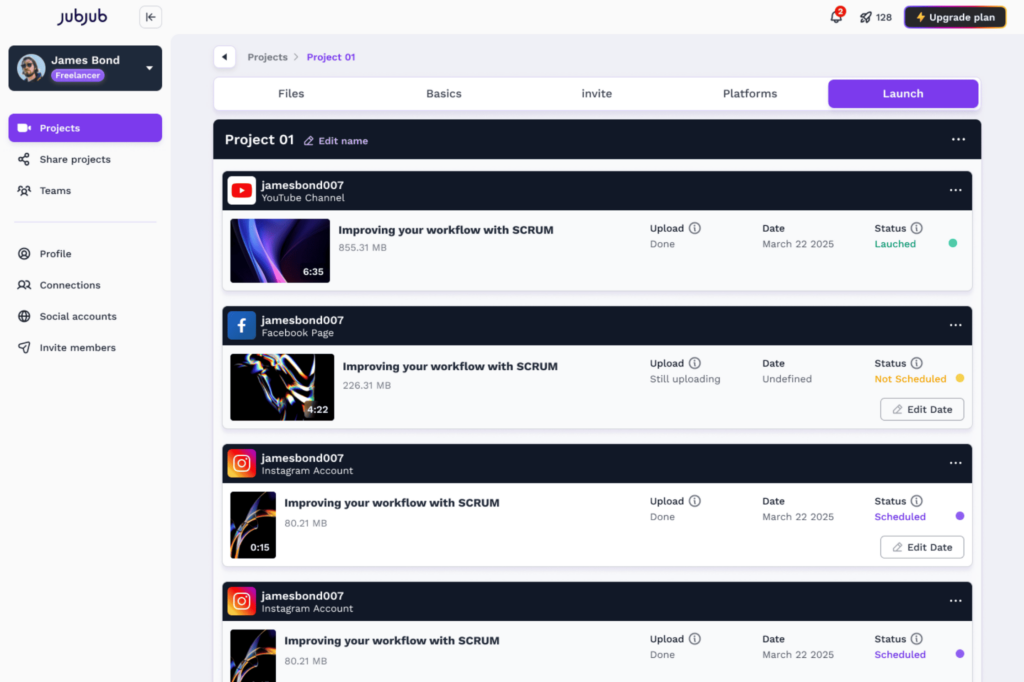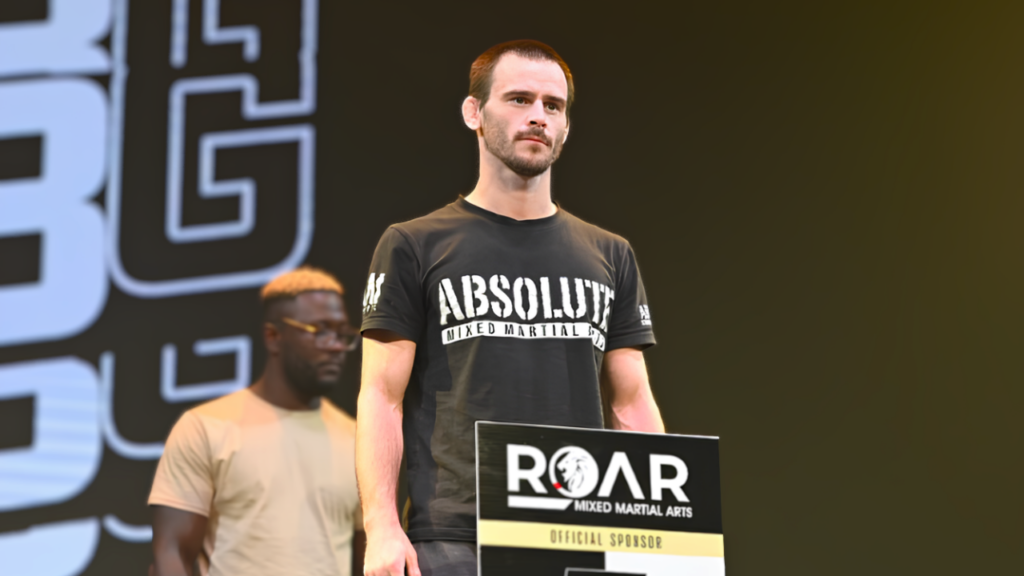
Managing a consistent social media presence takes more than creativity, it requires structure. Between daily posting, handling multiple accounts, and staying aligned with marketing goals, things can get overwhelming fast.
That’s why social media scheduling tools like JubJub are essential. They simplify your routine, help you stay consistent, and give your team the freedom to focus on what really matters: creating great content. With the ability to follow a content calendar, automate publishing, and manage workflows, scheduling becomes the backbone of a scalable strategy.
Let’s explore why scheduling tools matter, how to use them well, and why JubJub is a smart choice for creators and teams.
Why use social media scheduling tools
Scheduling tools go beyond convenience, they play a strategic role in your brand’s performance across social platforms. Here’s how:
1. Organization and consistency
Posting regularly builds trust and keeps your audience engaged. With a scheduling tool, you can plan posts ahead, avoid last-minute rush, and maintain a strong, consistent presence.
2. Publish at the right times
Schedule your content also reaches your audience when they’re most active. Social media scheduling tools allow you to post during peak hours, even if you’re offline, increasing visibility and engagement.
3. Fewer mistakes and better quality
Scheduling content ahead of time gives you the opportunity to review everything, from captions to thumbnails. That means fewer typos, better-quality visuals, and messaging that stays true to your brand. It also helps avoid rushed decisions that can lead to inconsistent messaging.
4. Smarter collaboration
Great content requires collaboration. With scheduling tools like JubJub, creative teams can establish workflows that involve videographers, video editors, copywriters, designers, social media managers, and clients. This ensures your content aligns with your brand’s voice, tone, and standards.
5. Control and peace of mind
Whether it’s a weekend post or a campaign launch, scheduling gives you peace of mind. Scheduling tools let you stay ahead without always being online. You can plan ahead, maintain control, and ensure everything runs smoothly, even when you’re offline.
Tips to get the most out of social media scheduling tools
Want better results? These tips help you make the most of your scheduling tool:
- Post at peak times: use analytics to determine when your audience is most active and schedule posts accordingly.
- Review before publishing: double-check copy, hashtags, media, and publish times to avoid preventable errors.
- Experiment and learn: test different posting times, formats, and topics to discover what resonates best with your audience.
- Focus on strategy: with manual posting out of the way, use that extra time to improve your strategy, analyze results, and plan upcoming campaigns.
Why JubJub offers the best social media scheduler
Among the many social media scheduling tools available, JubJub stands out for its simplicity, efficiency, and features designed specifically for creators and marketing teams. Here’s why JubJub is a smart choice:
- Multi-platform integration: Schedule content across multiple social channels simultaneously. Save time and ensure a consistent brand voice across all your social media platforms.
- No need for sensitive logins: We never ask for your passwords or personal data. JubJub simply asks for permission to publish content to your account, securely and without needing sensitive information.
- Time zone-friendly scheduling: Easily schedule posts across different time zones, perfect for global teams and diverse audiences.
- AI-powered metadata generation: Our AI features generate optimized metadata, such as titles, descriptions, and hashtags, saving time and boosting performance.
- Seamless team collaboration: Assign roles like viewer, editor, publisher, or admin to streamline your workflow. Invite your team and even clients to provide feedback directly on the platform.
JubJub is designed to make your entire workflow seamless, so you can stay focused on strategy, creativity, and results. Ready to simplify your social media routine and elevate your content delivery? Join JubJub for free today!
Frequently asked questions (FAQ) about social media scheduling tools
It’s a platform that allows you to plan and automatically post social media content in advance.
Use a tool like JubJub: upload your content, set the metadata, choose the date and time, and automatically publish it to multiple platforms.
No, in fact, publishing at the right time can boost your visibility, since scheduled content helps maintain consistency, which is key for growth.
Yes! Scheduling Reels ensures your content goes live when your audience is online, without you needing to be.
For creators and teams, JubJub offers simplicity, performance, AI capabilities, and collaboration features that make it a top choice.













